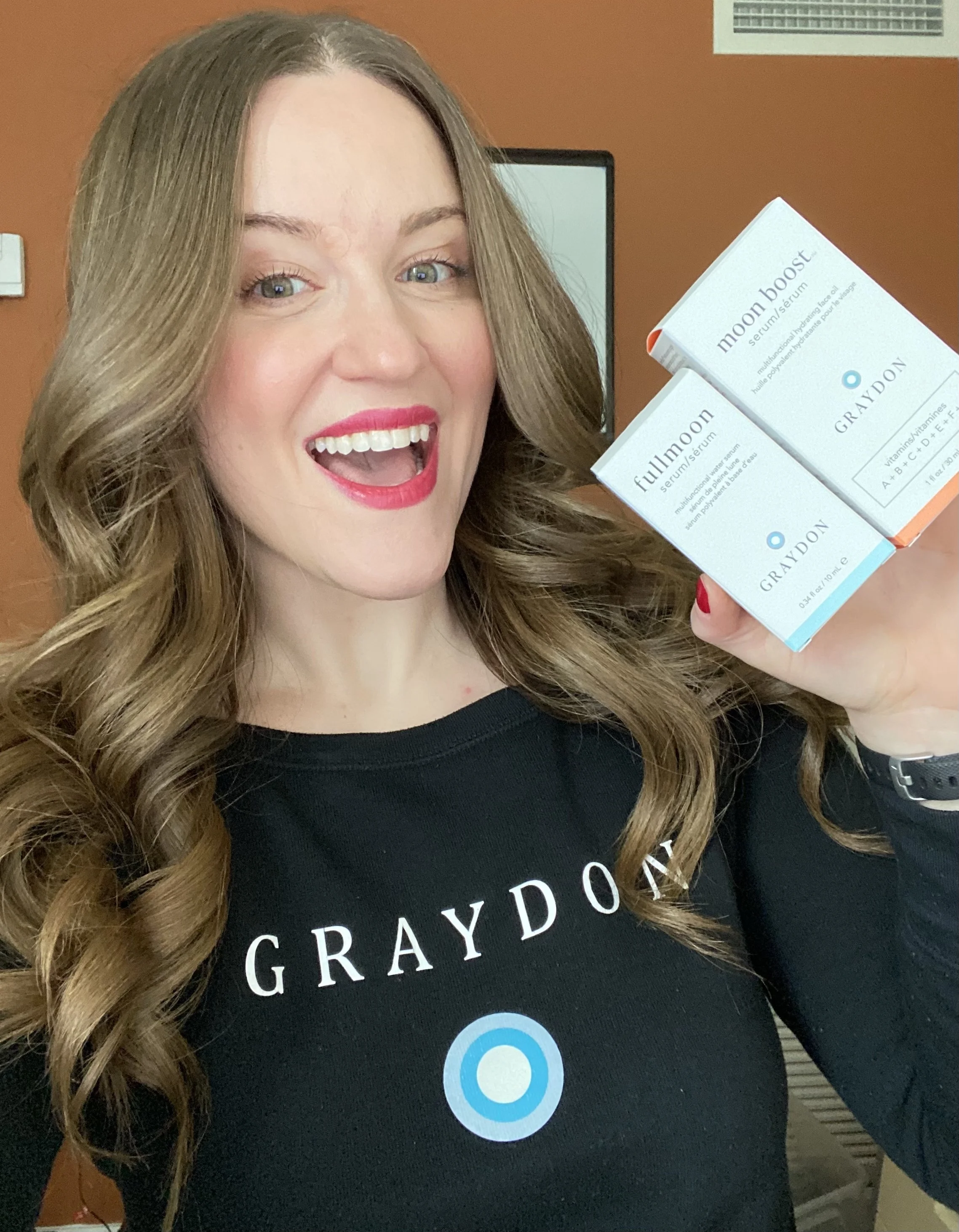Crush your ECRM buyer meetings for wholesale success
Recently, a fellow brand builder (and beloved former colleague) reached out to pick my brain about ECRM buyer meetings - and I realized that many brand founders and brand teams may be curious about how the process works and what steps they can take when they have coveted ECRM meetings arranged with buyers. Here’s a summary of my (successful) experience and advice to perfect your (fast and effective!) pitch, with links to learn more. ECRM is one of the foremost buyer and seller platforms for brands in Canada, the USA and other territories, including the UK. They host many tradeshows, including virtual buyer meetings in the most important CPG categories. After tackling dozens of these meetings, and successfully closing business with retailers including CVS, Kroger, Walmart Canada, and more, I want to share my insights with you.
Pitch perfect.
Where’s Anna Kendrick when you need her? You must be short, snappy and savvy. The ECRM format, especially in the virtual/digital platform, is incredibly unique and powerfully effective. But with only 20, or even 10 minute meetings assigned to you, it’s important to prepare a very short and insightful pitch that leaves room for buyer comments and questions. The ECRM platform is easy to use, but you should take all the support their team offers to learn how to login, set up your pitch assets, and use the features and functions of the platform, so your logistics will be smooth sailing. The last thing you want is an avoidable tech glitch interrupting your precious 10 minutes! It’s important to remember that once you’re in your meeting the clock in the corner is literally counting down the seconds until everyone in the meeting is exited. There’s no extending your time. That is it. That’s why it’s so important to prepare a specific (short) pitch, for each buyer and retailer that you’re meeting with that will be a maximum of five minutes in length. You heard me right - take only five minutes for your pitch. In a 20 minute meeting you can extend that to eight to ten minutes, but you want to leave at least 50% of your allotted time for discussion, responses and questions. You might be tempted to take 100% of your scheduled time in your ECRM meeting to pitch. I’m going ask you to resist that temptation. You want to have a human interaction with these decision makers, the amazing buyers and distributors attending - that’s more important than taking the extra time to tell your story. This is especially true for founders who may feel that they need to fill the airtime (we love you, however, you tend to be chatty and overshare, which makes you awesome in so many contexts, but it needs to be reigned in every now and then). Hold space for feedback and make sure you invite a conversation.
Focus on essentials.
Kill your darlings (this is writing advice from Anne Lamont that is excellent preparation for your pitches). You may be used to going into all of the granular details when it comes to your brand and products whenever you have the chance to share. That impulse is natural, and even necessary in many contexts, but not when you’re in an ECRM meeting. Instead, you want to hit the high notes and core competencies of your brand, products and business capacities to answer the most fundamental buyer questions. Create a desire for them to learn more. For example, a personal care or a beauty business may have many important formula or ingredient details that would be initially provided, however, when you’re short on time and it’s only an introduction, you’ll need to leave out many of the specifics. Save them for a future format. You can share more details and follow up with additional resources like product sell sheets or another meeting to get into your assortment with more specificity. It might feel like it hurts to leave out certain information or even skip over some products, but I would encourage you to kill your darlings, just like Anne advises us to do in our writing. You can’t focus on everything. Choose a select few best sellers in detail, and talk more about the core USPs and business details that will matter to most buyers, including your pricing for wholesale and MSRP, logistics like EDI set-up or distribution capabilities, and other factors that will help them immediately understand if you can meet their vendor requirements. There’s a chance to share everything else in follow-ups, so don’t be afraid to be focused.
Can you hear me now?
Record yourself and pitch to others for practice. Consider recording yourself before the pitch. Trust, I just started my very first podcast series in 2022, so I know the truly cringe factor of hearing the sound of your own recorded voice (super proud of it - please take a listen to Scale Conscious podcast). As uncomfortable as it might make you, nothing beats actually listening back to how you present information. This is also your chance to time yourself to the second. Make sure you can comfortably pitch in the time you want to take, so you don’t accidentally run down the clock to the last moment. It’s easy to work only in your head, and never hear yourself, truly hear yourself, especially for a pitch that needs to be polished. I’ve used tools like Otter AI or the recording features of my computer and devices to see what I look and sound like for my pitches. Ask colleagues and friends and family to hear the pitch. This can help you improve and create your own feedback loop to become even better at pitching.
Authenticity matters.
Stay human and be authentic. When we’re in a scarcity environment, such as a limited time allotment, there might be a temptation to get into a robotic or even super efficient approach. Don’t be so rushed that you lose yourself. Even though you need to bring brevity to these meetings, you still want to be real. Don’t be afraid to set yourself up in a way that demonstrates your brand aesthetic, whether that’s in the background of your office, wearing swag or your product set-up that you have surrounding you for the video meetings - be sure to bring your own personality and the personality of your brand with you. You don’t need to take a lot of time to show you care and demonstrate shared values, whether that’s giving back or sustainability. Be true to you. Arriving well prepared shows that you’ve done your homework. Maybe you’ve gone and visited a location of the retailer and taken a selfie in aisles where you hope they’ll place your products, so you add that picture to the pitch. Or you’ve done your due diligence and can speak unscripted in the meeting about the competitors they currently carry and what’s unique about your offering as it relates to their assortment. Stay positive, be open hearted, even use humour, and hold space for all the voices on the call. It’s true that who you are, and the impression you make, often matters as much as the products you're selling.
Follow through factor.
Follow-up is critical - Marie Forleo explains it’s essential to get sh*t done and make sure you’re effective. It’s easy to fixate on the actual meeting under the pressure of a pitch, but the fact is a great deal of retail business is won in the follow-ups. Practice your short and effective pitch, engage in the 50% time allotted for discussion and questions before the meeting ends, be authentic, then prepare for arguably the most important part; everything that comes after that! Sales cycles and lead times from first pitch to first PO can be notoriously long (hello 6-12 months sampling, listing and ordering processes, how you doing?). Be patient, stay persistent, use the ECRM tools available to you, while offering additional time, effort and insights to close new accounts.
Learn More
These are just a few of the ways you can smash your ECRM buyer meetings, perfect your pitch and succeed at wholesale in 2023. To hear more about ECRM, including best practices, tips and retailer insights, check out their informative blog, insightful podcast, and follow them on social. Are you attending an ECRM show this year? I want to hear about it in the comments!








